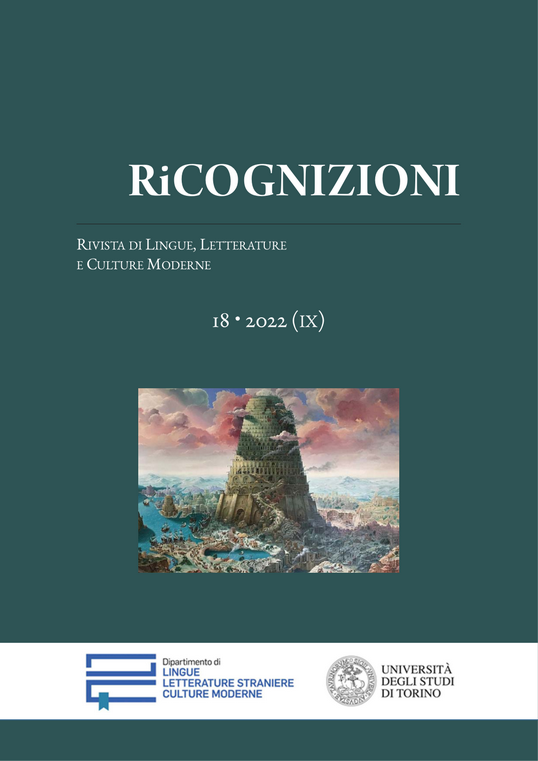Bullying and Cyberbullying in Literature
Rereading Robert Musil's “Törless”: An Anticipation?
DOI:
https://doi.org/10.13135/2384-8987/7020Keywords:
Robert Musil, Törleß, Pensiero debole, (Cyber)BullyingAbstract
This paper analyzes the representation of bullying in literature, focusing on the story told in Musil’s Die Verwirrungen des Zöglings Törleß (1906). The analysis focuses on the behavior of the victim and his observer, showing how identification with the fate of the bullied person is the conditio to sharpen the observer's cognitive and critical skills, which are useful in spurring the victim to react proactively and effectively to the bullying suffered. Törleß’s ‘second sight’ – a key principle for understanding the complexity of the real, grounded in the idea of the “vivisection of the soul” – allows for the establishment of correspondences with today’s ‘second-hand’ viewing by the viewer who, through the ‘technological gaze’ made possible by the display, enjoys episodes of school violence. Finally, resorting to the argument set forth by Vattimo and Rovatti in Pensiero debole, the present contribution shows – mutatis mutandis – how today’s phenomenon of cyberbullying is animated by dynamics already explored by literature more than a century ago and yet still capable of providing ethical and empowering responses even to the so-called Millennials and the Generation Z.
Downloads
Published
How to Cite
Issue
Section
License
RiCognizioni is published under a Creative Commons Attribution 4.0 International License.
With the licence CC-BY, authors retain the copyright, allowing anyone to download, reuse, re-print, modify, distribute and/or copy their contribution. The work must be properly attributed to its author.
It is not necessary to ask further permissions both to author or journal board.








